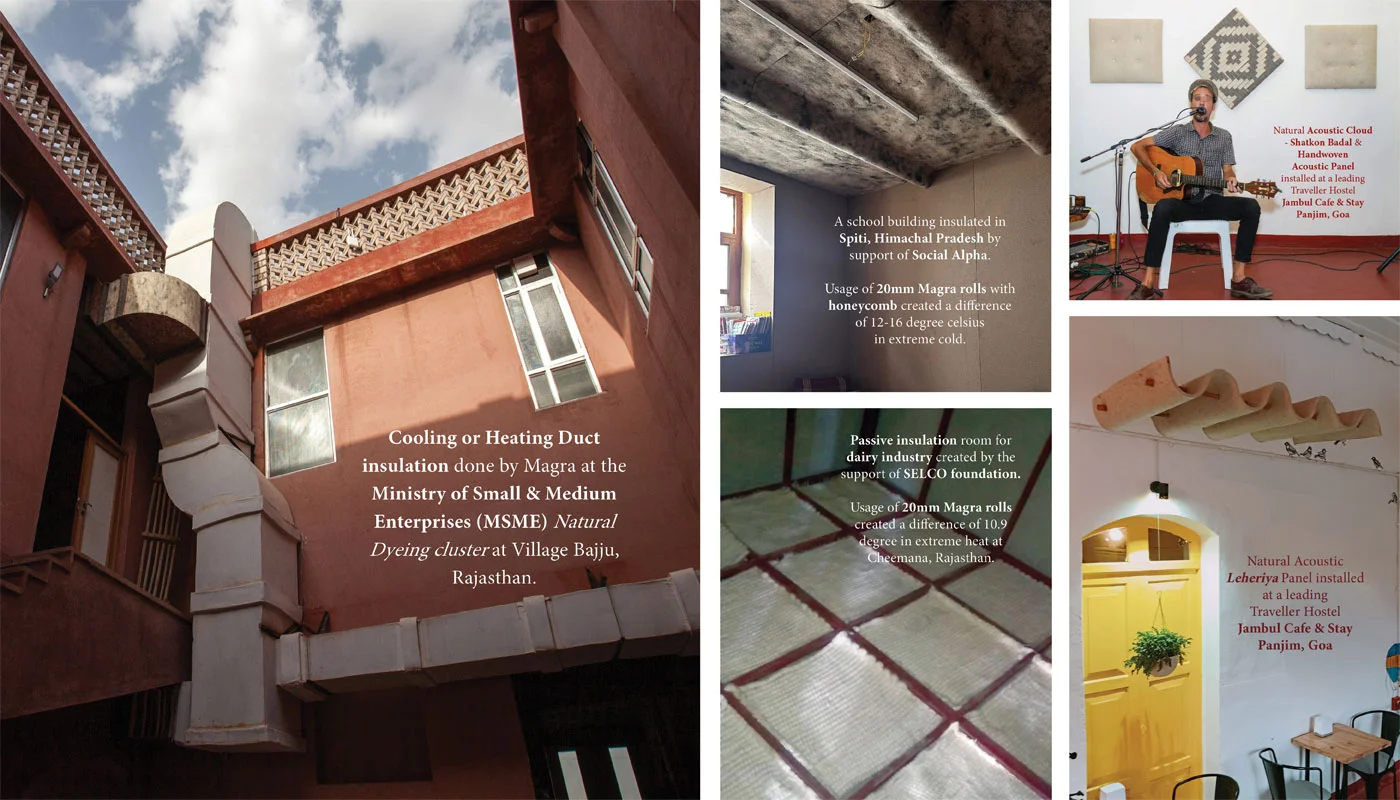Blog
How Samakhya is Empowering Artisans in Remote India by Reviving Old Tradition?

India- a country full of rich cultural heritage, marks its significance from the era of Maharajas. Known as the Golden Bird, this country symbolizes a royal history with traditional crafts that make India unique from any other country in the world. This historical craftsmanship shapes both utility as well as cultural significance in every field from bowl-turning to textiles. In fact, the Indian Textile industry is valued to be the second largest contributor of highest quality and a large variety of textiles across the globe, along with being the second most employment-generating field in India.
The traditional crafts in India are empowering artisans from primitive sectors by generating more employment opportunities and increasing textile production to a wide extent. Thus, the traditional crafts contribute to the heritage, economy, and sustainable practices, making them vital in the development of a country’s identity and growth economy. With constant support and evolution of sustainable brands like Samakhya Sustainable Alternative Pvt. Ltd., the country’s textile success is set to rapidly reach the global stage. According to a report by ResearchAndMarkets.com, the sustainable textile market is spreading like wildfire, with an expectation to grow by a 10.6% CAGR during 2021-2026.
The cherry on top is more job opportunities in the textile market that are empowering artisans with safer sources of earning and growth. And brands like Samakhya are contributing to it aggressively with more employment generation in rural and tribal areas. The brand employs rural communities for encouraging climatic resilience, revolutionizing the textile world, and focusing more on rural innovations embarking on sustainability and growth. Most importantly, everything is marked with a spotlight on traditional crafts, as it is imperative for the following reasons.
Importance Of Traditional Crafts
The traditional crafts of India are linked to our ethnic, cultural, and regal past. Therefore, one of the foremost reasons to protect the traditional craft is preserving our cultural heritage. And the artisans of India are successfully preserving this Indian culture by forming a tangible link to the past and preserving the beliefs, values, and traditions of history.
With a deep-rooted understanding of Indian culture passed down through generations, the traditional crafts empower artisans from rural sectors to participate in the modern innovation. Empowering the pastoral communities is coming one step closer tocontributing to modern textile innovations. This boosts both the national economy and preserves the timeless artforms of the country in different ways.The Cultural And Economic Value Of Traditional Crafts
The preservation of traditional crafts is a must for several reasons.
- Firstly, it reflects a rich tangible identity reminiscing the Indian past.
- The traditional crafts in India hold the wisdom and cultural practices of Indian ancestors, picturing their life, generations, professions, beliefs, and faith in an artistic manner.
- It is responsible for empowering artisans by employing them & boosting their economy.
- Lastly, the use of sustainable material in traditional craft and artforms should encourage Indian entrepreneurs to learn from our ancestors and keep alive the practice of sustainability that formed the fabric of our communities for generationsSamakhya is revolutionizing sustainable practices by building products that have zero Greenwashing consequences as the raw material is available abundantly.
- It is a social enterprise working on sustainable textiles and fibers in collaboration with the pastoral communities and artisans residing in the marginal areas of India. Their intervention empowers lives, livelihoods, and the rich cultural economy. For this, the team follows 3 major approaches:
- Implementation and investments in community-led and technologically advanced green value chains that leverage rural textile development systems.
- Foreseeing of futuristic systems that make traditional methods and developments of artisans stay ahead of the curve.
- One of a kind sustainable business model encouraging fair livelihood and environment-friendly production.
Impact Of Employing Artisans For Curating Traditional Crafts and Built materials In India At Samakhya
The term Samakhya means “collective,” an embodiment of the company’s values and belief system. Being a non-conformist organization, the core emphasis is on creating a business that does not harm the environment and encourages a sustainable solution. Therefore, their hero products feature pastoral fibers used as raw material for creating harmless, environmental-friendly, and technologically advanced solutions.
Most importantly, the vision is to create a business model promoting circular economy with reducing wastage and promoting reusing, and recycling and moving away from greenwashing techniques for creating sustainable products. The team comprises masons, weavers, artisans, textile designers and development practitioners who focus on alternative thinking and walking an extra mile for sustainable product developments.
This approach has uplifted Samakhya’s artisans community as a whole. This is what they have to say.
- Living in a rural area, we always found farming as our only option. However, today we are skilled with a lot more.
- Our Indian cultural heritage is one of a kind. And only Samakhya could help us evolve with it.
- Now, we feel secure with our employment. Thanks to Samakhya.
Bottom Line
The Indian textile industry is unique and valuable. While knowledge and skill exist in our communities, we need to spread awareness to the wider masses about sustainable practices and existence of such products in the textile industry and other industries by extension due to its usage of sustainable materials- architecture, clothing, and mostly all consumer goods, etc. Only then can India experience rapid growth and see a wholly sustainable tomorrow.. It’s high time to invest in brands that support such practices and encourage a sustainable future for the country and the world.
